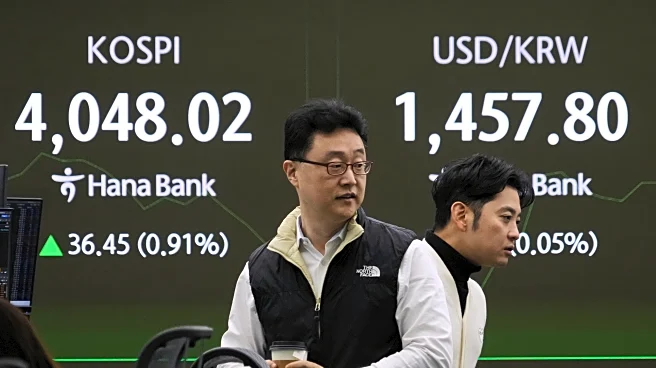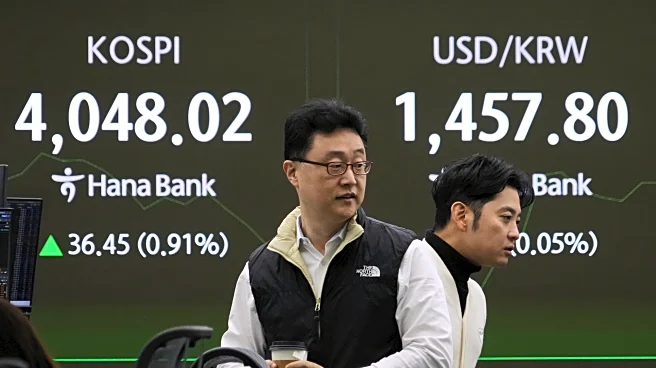What's Happening?
The global luxury industry is experiencing a slowdown in growth, yet remains resilient, particularly in emerging markets such as India and China. According to a study by Simon-Kucher, these markets are
driving new growth opportunities, shifting demand away from traditional luxury markets in Europe and the US. Younger consumers in Asia are influencing this shift with their preferences for sustainability and digital channels. Despite slower growth, the luxury sector continues to perform moderately well in Europe and the US, while India and China lead in spending increases. The study also highlights that Chinese consumers have not perceived recent price hikes as strongly as those in Europe, the US, and India, where over 60% of consumers felt prices had increased significantly.
Why It's Important?
The shift in luxury market dynamics towards Asia signifies a change in global economic power and consumer behavior. As India and China continue to lead in luxury spending, brands may need to adapt their strategies to cater to these markets, focusing on sustainability and digital engagement. This transition could impact luxury brands' marketing strategies, supply chain management, and pricing models. The study suggests that tariffs, particularly those imposed by the Trump administration, have affected luxury exports, highlighting the need for brands to diversify their supply chains and reduce reliance on single-origin models. The luxury sector's traditional strengths in heritage and craftsmanship remain vital, but brands must innovate to maintain competitiveness.
What's Next?
Luxury brands are encouraged to emphasize the story behind their products to justify pricing and enhance credibility. Simon-Kucher recommends investing in services such as loyalty programs and digital outreach to differentiate and build resilience. Brands are advised to focus on direct-to-consumer experiences, experiential flagships, and exclusive after-sales programs. In digital channels, creating service ecosystems with personalized styling, private memberships, and blockchain-based provenance tools can sustain trust and exclusivity. These strategies aim to foster long-term loyalty and engagement, adapting to the evolving demands of consumers in emerging markets.
Beyond the Headlines
The luxury industry's shift towards Asia could have broader implications for global trade and economic relations. As Asian markets grow in importance, luxury brands may face increased pressure to address ethical and cultural dimensions in their marketing and production processes. The emphasis on sustainability and digital channels reflects a broader trend towards responsible consumption and technological integration. This evolution may lead to long-term shifts in how luxury brands operate, potentially influencing global standards in craftsmanship, innovation, and cultural collaboration.













